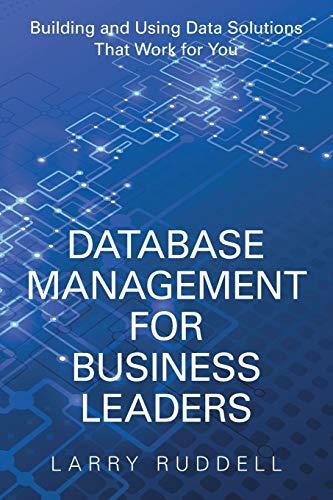Question
Simulated annealing is an extension of hill climbing, which uses randomness to avoid getting stuck in local maxima and plateau 1)simulated annealing returns the current
Simulated annealing is an extension of hill climbing, which uses randomness to avoid getting stuck in local maxima and plateau 1)simulated annealing returns the current state when the end of the annealing schedule is reached and if the annealing schedule is slow enough. Given that we know the value (measure of goodness) of each state we visit, is there anything smarter we could do?
2)Simulated annealing requires a very small amount of memory, just enough to store two states: the current state and the proposed next state. Suppose we had enough memory to hold two million states. Propose a modification to simulated annealing that makes productive use of the additional memory. In particular, suggest something that will likely perform better than just running simulated annealing a million times consecutively with random restarts.
Step by Step Solution
There are 3 Steps involved in it
Step: 1

Get Instant Access to Expert-Tailored Solutions
See step-by-step solutions with expert insights and AI powered tools for academic success
Step: 2

Step: 3

Ace Your Homework with AI
Get the answers you need in no time with our AI-driven, step-by-step assistance
Get Started


